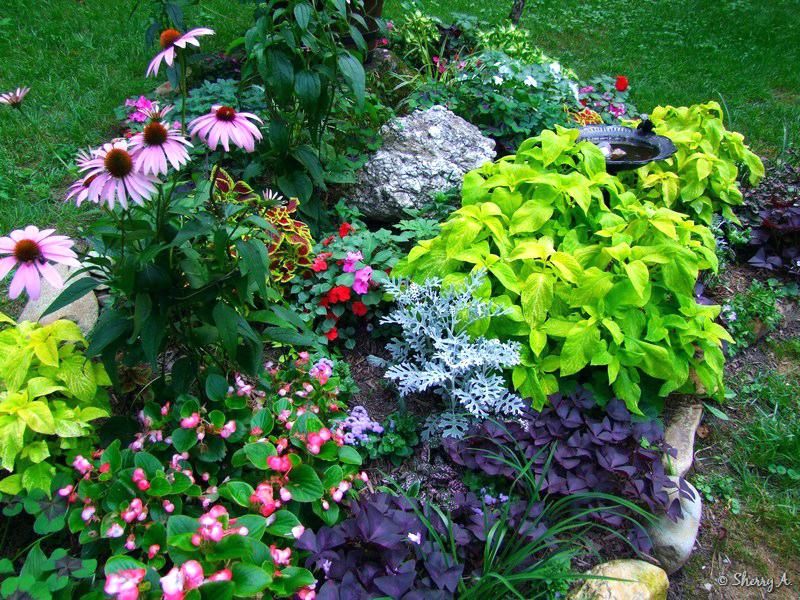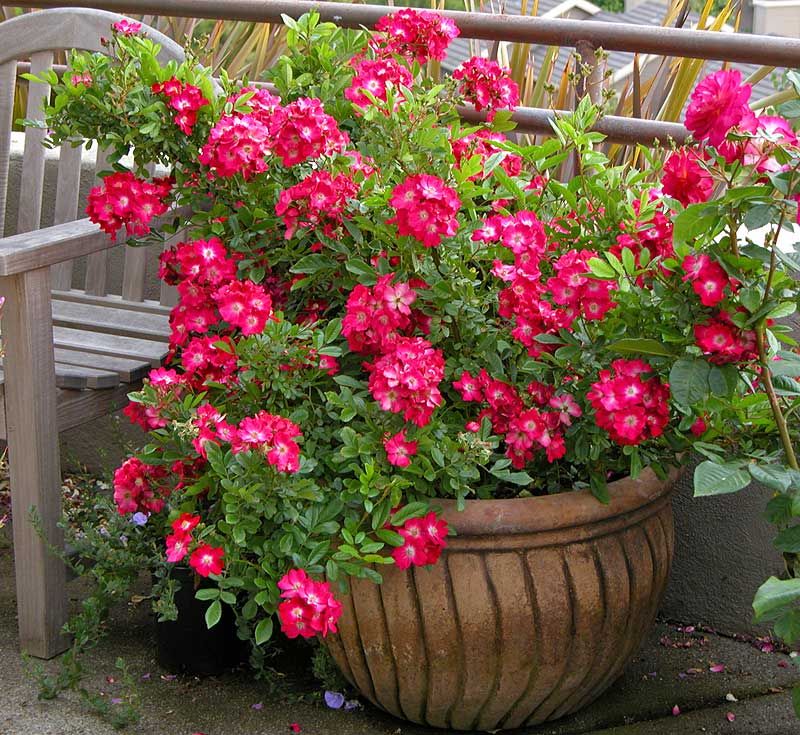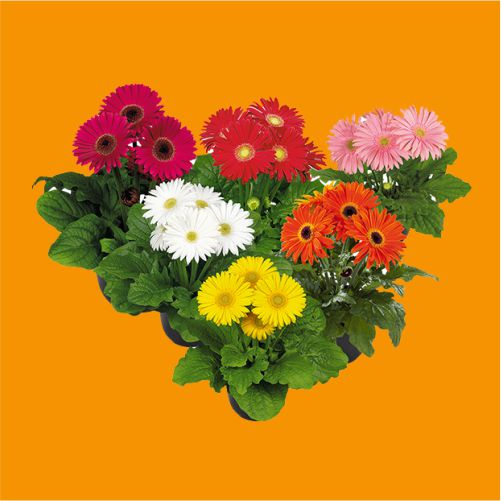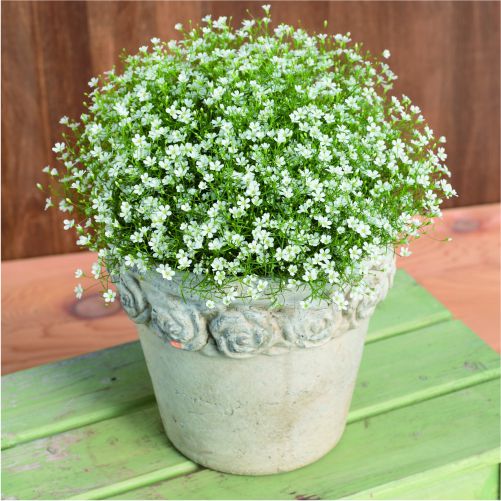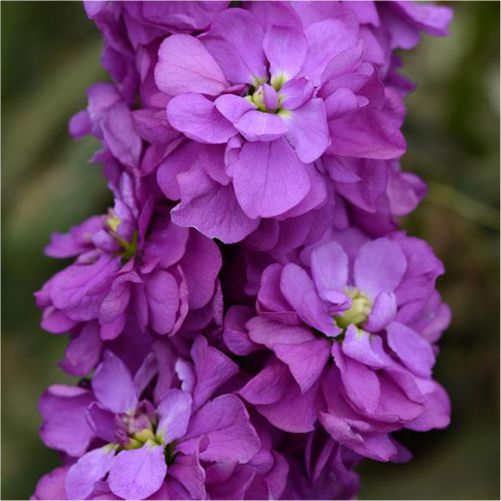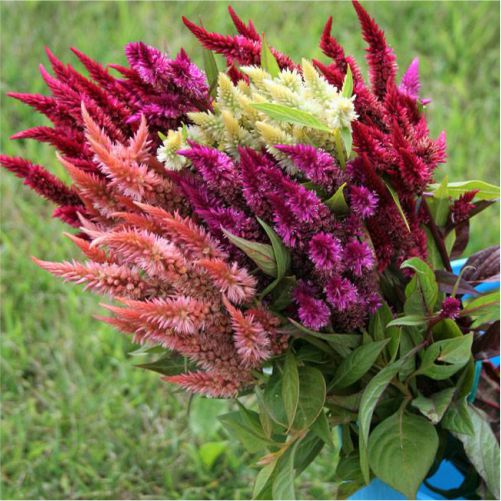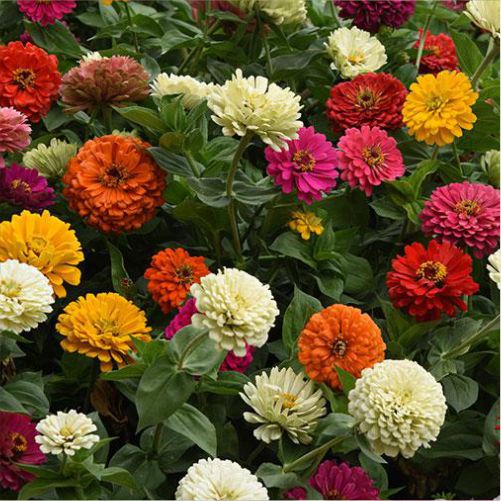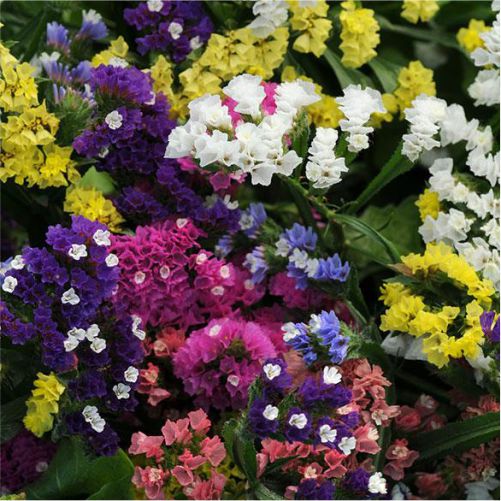Flower Seeds

Flowers are the most important thing in our life
Kinds Of Flower Seeds

Cut Flowers

Perennials

Pot Plants

Green House

PEOPLE SAYS ABOUT GREENWORKS
BLOG POSTS
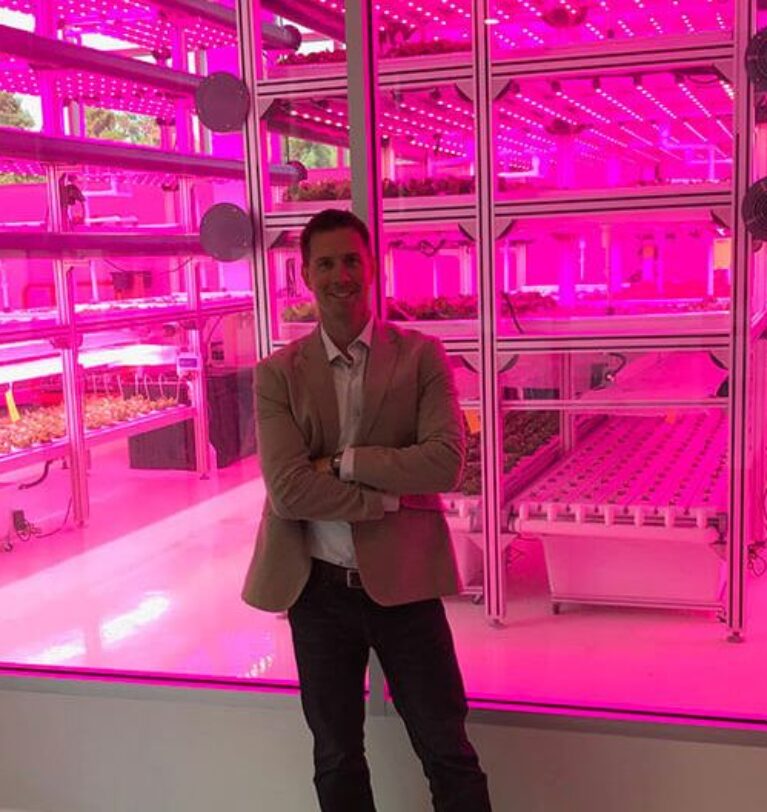
This startup has “Industry-leading unit economics”
The indoor farming industry is heating up again, posting one of the biggest year-over-year increases…
Read more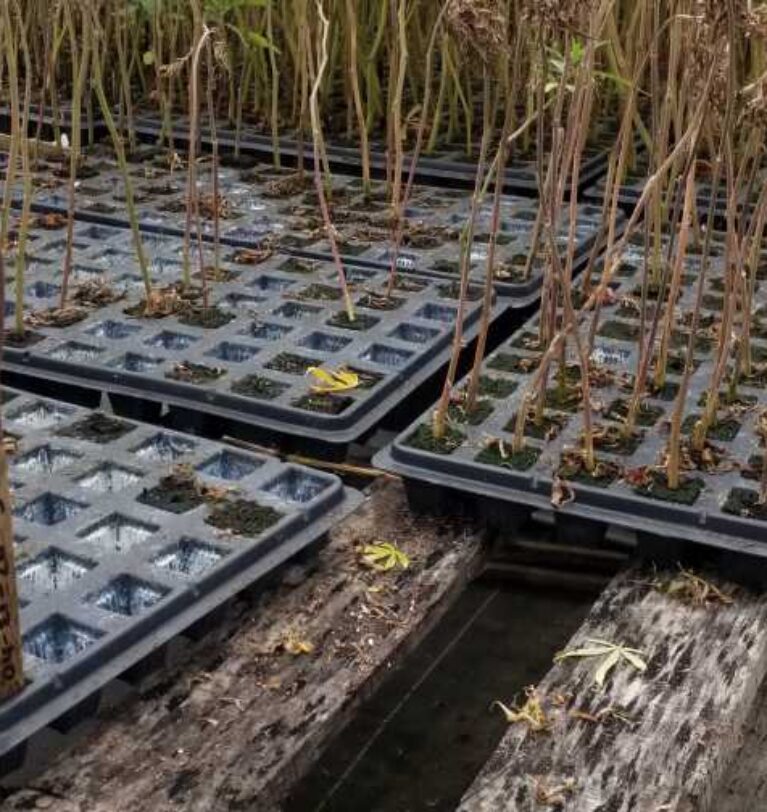
Keeping your greenhouse pathogen-free
US- Nicole Gauthier, an Extension Specialist in Plant Pathology at the University of Kentucky, has…
Read more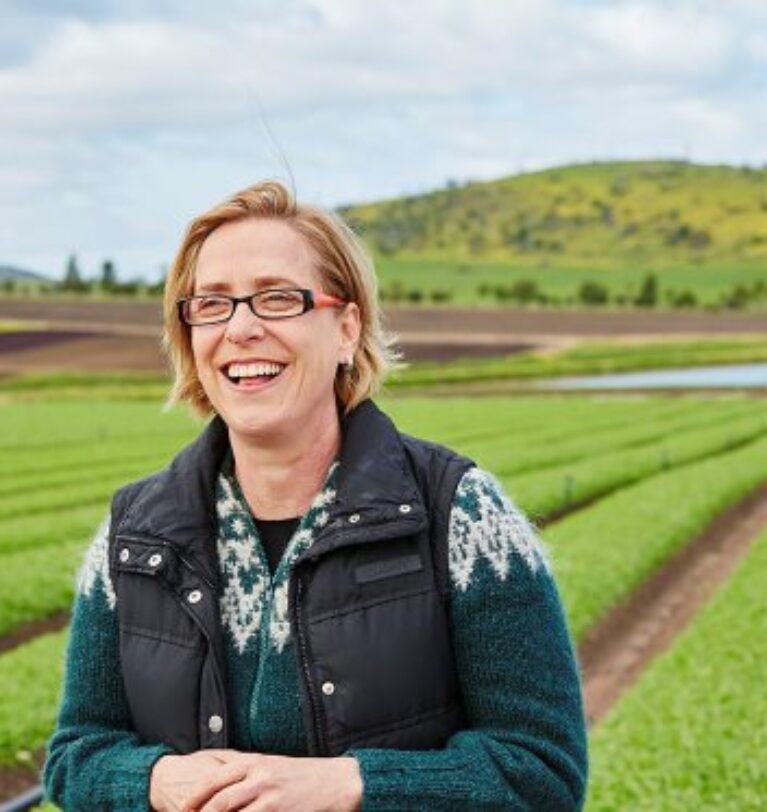
Tech to change the way Horti is managed
Technology will make horticulture more efficient and sustainable, says founder and Managing Director Ros Harvey…
Read more









The indoor farming industry is heating up again, posting one of the biggest year-over-year increases in funding according to AgFunder’s AgriFoodTech Investing Report. In 2019, indoor farming investment jumped 38% on 2018.
For Florida-based vertical farming startup Kalera, forward momentum is everything.
“Orlando was our first large-scale facility, but we are eager to double up,” CEO Daniel Malechuk tells AFN. “Our rollout plan has been right on schedule and we will continue to see that in the months and years ahead. It will be a massive rollout across North America and we have plans for an international expansion quickly.”
Kalera recently announced plans to open what it describes as the largest vertical farm in Texas. The location provides access to a number of densely-populated areas nearby that are showing strong demand for locally sourced food.
The announcement comes only two months after Kalera revealed plans for a new facility in Atlanta that will open in early 2021. Two months prior to that, it opened its second Orlando-based vertical farm. The startup has not disclosed any information about its external funding to date, which might be why many people haven’t heard of the company before, but is “very well funded,” according to Malechuk.
Kalera’s vertical farming technology includes a proprietary nutrition management system that rebalances water nutrient levels using sensors and data analytics, as well as control mechanisms to regulate temperature, humidity, airflow, and lighting. The startup spent its first 10 years of operations perfecting these technologies, Malechuk says.
Farmer first, tech second
But Kalera’s rapid-rollout strategy has less to do with technology and more to do with mindset. Kalera considers itself to be a farmer first and a tech company second.
“We leverage tech when we can and where we can, but we never lose sight of the fact that we are farmers first,” Malechuk says.
He claims that this helps Kalera differentiate itself with “industry-leading unit economics.”
“We have higher yields at less cost than anybody in the industry. We can provide everyday citizens with our product through a local distributor or retailer at a price that is in line with a traditional [farmland-based] comparable product,” he says.
Malechuk was mostly mum about the secret sauce that goes into these self-proclaimed “industry-leading” figures, but he did give a few hints.
“When I say we have a farmer-first attitude, I mean [we believe] getting the job done well is more important than the glitz and glimmer. We are focused on the end result and the most cost-effective way to get there.”
The Atlanta facility will be the highest-producing vertical farm in the Southeastern US, according to Kalera, but its Houston location will be even bigger once operational. It plans to sell greens from that farm to the hospitality and travel industries, as well as the retailers and foodservice distributors which make up its primary customer base. As one example, Kalera helped build the HyCube — an onsite vertical farm — at the Orlando World Center Marriott that supplied greens for the resort’s restaurants and convention center.
Marriott is just one of a number of established corporates showing interest in bringing indoor farming to new places. At the start of the year, Freight Farms announced a new partnership with Sodexo to bring its container farms to college campuses across the US. In New York, Farmshelf has its own grow cabinets deployed in WeWork FoodLabs and the UK’s Square Mile Farms recently crowdfunded over $300,000 to re-kit office spaces with fresh produce.
Pandemic ups and downs
As the Covid-19 pandemic swept through the food service industry, however, new challenges have arisen for Kalera and others focused on that industry.
“There is so much uncertainty with the food market in general, but on the other hand, the pandemic has highlighted the importance of food safety and local food,” Malechuk says.
As consumers bear witness to the fragility of globalized supply chains, some are seeing the merits of opting for low-contact, locally sourced food products. Across the US, demand for locally-produced food has increased as supermarket shelves remained empty and consumers grew concerned about making trips to the grocery store.
“The less far a product travels, the fewer hands that touch it, the cleaner, healthier, and more sustainable a product is. This is being highlighted and people are feeling more comfortable with products like ours,” Malechuk says.
Kalera isn’t the only company to see this as an opportunity for vertical farming. Inno-3B, a Canadian startup developing a turnkey vertical farming solution for plant-based pharmaceutical companies, claims to have diverted its focus to confronting Covid-19 head-on.
To do this, it has teamed up with biopharmaceutical businesses PlantForm, Cape Bio Pharms, and Biopterre. Inno-3B plans to build and operate a pilot molecular farm at its 35,000 sq. ft facility located in St-Pacôme, Québec, which its partner firms will also use to develop “a monoclonal antibody treatment” for Covid-19 patients.
Source: Horticulture.pk
Photo: Kalera CEO Daniel Malechuk (Photo credit: Kalera)
US- Nicole Gauthier, an Extension Specialist in Plant Pathology at the University of Kentucky, has some words of wisdom for greenhouse growers when it comes to how they should think about sanitation in their facilities.
“It all comes down to just being clean and remembering the basics,” Gauthier says. “It’s easy to get caught up in all the bells and whistles of new technology or systems, but if you’re not taking the simple steps to keep your greenhouse clean, then none of that matters.”
Failure to clean your greenhouse floor is just inviting a pathogen problem, according to Nicole Gauthier, an Extension Specialist in Plant Pathology at the University of Kentucky. Photo: Nicole Gauthier
Gauthier offers several tips below for growers to make sure they are doing things the right way.
Know Your Pathogens: Even in a controlled environment, there is a risk of dangerous pathogens infecting your crop. It’s important to understand the life cycle of each, and how they can survive on different surfaces. “You can find them on your floor or on your benches,” Gauthier says. “In particular, watch your wood benches, as those can be difficult to clean.”
Bring in Orphan Plants. Fallowing or planting orphan plants in between fresh vegetable cycles can be a simple way to reduce the potential for a buildup of pathogens.
Control Traffic. Know the traffic pattern of people and plants moving around in your greenhouse, Gauthier notes. “Always keep it as clean as possible, and clear out any debris,” she says.
Have a Quarantine Area. This is especially important for new plants coming into the greenhouse, and it’s something Gauthier says is not considered nearly enough. “Block out where your new plants should be going,” Gauthier says. “If you find a problem, it’s easier to remove plants if they’re not interspersed throughout the greenhouse. And don’t be afraid to cut your losses. Even if you suspect a problem in a valuable crop, move it out.”
Invest in Proper Testing. Make sure you know where your local testing lab is and send plants to a diagnostic lab if you think there’s a problem. “Be diligent and do it early, before it’s too late,” Gauthier says.
Have a Regular Greenhouse Maintenance Schedule. According to Gauthier, this should include washing and sanitizing pots before reusing them, flushing out irrigation lines, and cleaning hoses.
Have a Plan, and Be Willing to Upgrade
Eric Smith, East Coast Sales Manager for the Turf and Ornamentals Market at BioSafe Systems, has recommendations of his own on proper sanitation.
“Developing a sanitation plan, even the most simple one, is a step in the right direction,” Smith says. “The upsides of a facility sanitation plan far outweigh any additional costs of application. Insurance liability alone can offset the cost, not to mention aesthetics, plant health, shrink, and happier customers.”
The easiest way to improve your sanitation, Smith says, is to upgrade your equipment.
“Spraying is nice, but foaming is far superior and nearly a necessity when it comes time to get serious about food safety/consumables,” Smith says. “The extended contact time of the foam with vertical or irregular surfaces, coupled with a no-rinse high-level disinfectant, is the apex of sanitation in our industry.”
The specifics of greenhouse sanitation may differ based on crop, but there are lessons all growers can learn from each other.
“We’re definitely seeing more of a systems approach to sanitation, and a fair amount of this is driven by the standard operating procedures developed for cannabis and greenhouse vegetables from a food safety standpoint,” Smith says. “That’s translating into ornamentals as well, with sanitation being now more than just a buzzword. Growers who are developing sanitation strategies for both pre-production and during production are seeing the benefits to plant health, from less shrink to improved margins.”
A Grower Perspective
Jackie Hawkins, Senior Manager of Food Safety at BrightFarms, a greenhouse leafy greens grower with production facilities throughout the Eastern U.S, says ozone and ultraviolet light are the most prominent tools used at BrightFarms for sanitation.
“These are great for both plant and human pathogens,” Hawkins says. “UV is also cost effective compared to other filtration devices.”
When it comes to making improvements, Hawkins says better board sanitation is a top priority.
“We want to be sustainable and reuse our grow boards (rafts), but we also need to ensure they are free from plant and human pathogens. Having a thorough cleaning process is key, but so is determining the life cycle of these boards,” she says.
Source: Horticulture.pk
Photo: Cheryl Kaiser, UK
Technology will make horticulture more efficient and sustainable, says founder and Managing Director Ros Harvey of Australian company, The Yield Technology Solutions.
According to Ms Harvey, technology is also the key to dealing with the impacts of climate change. “Weather is becoming more unpredictable”, she emphasises. “And critical resources like water are scarcer and therefore more expensive. We must change the way we grow things to do more with less.”
The Yield recently finalized an investment of US $7.85 million, led by Yamaha Motor Ventures. The tech company will use the investment for further development of its product, particularly in the field of analytics. The Yield will also focus on its go-to-market and patent strategies, says Ms. Harvey.
Uncertainty created by weather
The company focuses on a problem all growers share: the uncertainty created by weather. “It’s the one thing they can’t control in their production processes”, says Ms. Harvey. “And every one that sells into a farm or buys out from a farm is affected by this fundamental problem. That’s effectively what we solve. So that growers only use the inputs they need to use and reduce food waste.”
Localized prediction
The Sydney based company uses artificial intelligence (AI) to create a solution for growers. Its core product Sensing+ is able to collect data over a 3,000 square km area. The platform helps farmers to increase revenue, reduce costs, mitigate risks, and assists customers in their digital transformation.
Real-time data and AI
The Yield holds a global patent right to its solution, Ms. Harvey says. “We take real-time data and then use AI to produce a very localized prediction. The global weather forecasting system uses a 25 by 25 km grid. So you‘re getting an average of this grid. In many countries, they use local sensors and grid down to for example a 4 by 4 km grid. We go further and create a prediction for microclimates.”
As we deepen our engagement with our customers, we are not only solving problems on farms, but also along the supply chain
The platform increasingly uses data from technology that its customers already use. “With yield prediction in berries, we take data from the harvest management systems of our customers”, Ms Harvey says. “As we deepen our engagement with our customers, we are not only solving problems on farms, but also along the supply chain.”
Founder Ros Harvey of The Yield: “Growers experience that the weather on the farm can be quite different from the predictions.” – Photo: The Yield
In-tunnel weather prediction
The company recently rolled out Sensing+ across eight berry farms of the Costa Group in Queensland, New South Wales, and Tasmania. “Costa grows their berries in poly-tunnels”, Ms. Harvey explains. “This creates a microclimate and so the grid weather prediction is not very effective there anymore. Our sensing equipment provides an in-tunnel weather prediction, and we use our web and mobile apps to gather microclimate data. We then combine this data with Costa’s harvest management system data to provide weather predictions, apps to help improve on-farm effectiveness and yield predictions.”
What plants are experiencing
The same practice can be used for predicting light in a glasshouse or wind on the top of a glass house, Ms Harvey explains. “Or for in-canopy growing conditions. What are the plants actually experiencing? We are an analytics business. That’s the core of what we do. We deliver to our customers easy to use solutions so they can make fast, confident decisions about when to plant, irrigate, feed, protect and harvest.”

Poly-tunnels as this one of the Costa Group create a microclimate. – Photo: The Yield
Many growers still rely on traditional manual methods of yield prediction that can often be inaccurate. “They have their own weather stations”, Ms Harvey says. “But they experience that the weather on the farm can be quite different from the predictions. Our predictions are more accurate. We had an almond grower that was able to double the spray hours in which he could operate, within the environmental constraint. This can be very important for sensitive crops like almonds. The wider spray window also delivered the grower a better return on investment for their robotics operation.”
Higher gross margin per hectare
The Yield works mainly in intensive irrigated crops, where there is a higher gross margin per hectare. “If you are in broadacre in Australia and doing huge crops like wheat or sorghum, you don’t have the tools or incentives as a grower to manage that crop at a microclimate level”, Ms Harvey explains. “It’s just not worth your while. But the intensive irrigated perennial crops have four times the gross margin per hectare. The growers manage their harvesting very accurately because their return on investment is so much higher.”
New features are added to Sensing+ approximately every two weeks, Ms Harvey says. “It’s a continual process. We recently added Block Selection, which makes it easier for users of our platform to sort blocks by weather phenomenon such as extreme temperatures or water balances. This is important for multi-site large corporate growers. Another addition is Photosynthetically Active Radiation (PAR). This is an important variable that growers in glass houses and tunnels use for crop management.”

CEO Harry Debney of the Costa Group, a customer of The Yield, and Ros Harvey. – Photo: The Yield
Electrical Conductivity
Another example of a new feature is Electrical Conductivity (EC). Ms. Harvey: “In systems where you manage the fertilizer with the irrigation, this is used as a proxy for nutrient levels. It is used by growers to adjust their nutrition program. In our platform, growers can combine their own preferred weather variables to solve certain problems.”
According to Ms. Harvey, The Yield’s core technology team is from one of Australia’s most successful fintech businesses. “The team built the world’s largest financial database, used to create the algorithms for high-frequency trading, and sold as a service around the world. That’s why we had a jump-start managing huge amounts of data.”
Global multinationals
Currently, the Yield has customers in Australia, New Zealand and the US. “We planned to increase our marketing in the U.S. but with COVID-19 this has not been possible”, Ms. Harvey says. “But interestingly most of our customers are global multinationals and we are already providing services to support their growing bases globally.”

The Yield node at a berry farm of the Costa Group. – Photo: The Yield
Accelerate the digital transformation
At the moment most customers of The Yield are looking to accelerate their digital transformation, Ms. Harvey says. “They want to get more value out of their data by combining it with our analytics. We have a strong demand because of COVID-19. They are facing pressure on labor and want to improve managing their assets remotely. Big multinational food companies want to minimize their risks. They also need to understand the situation around their harvest, so that they can better match market access.”
Source: Horticulture.pk



